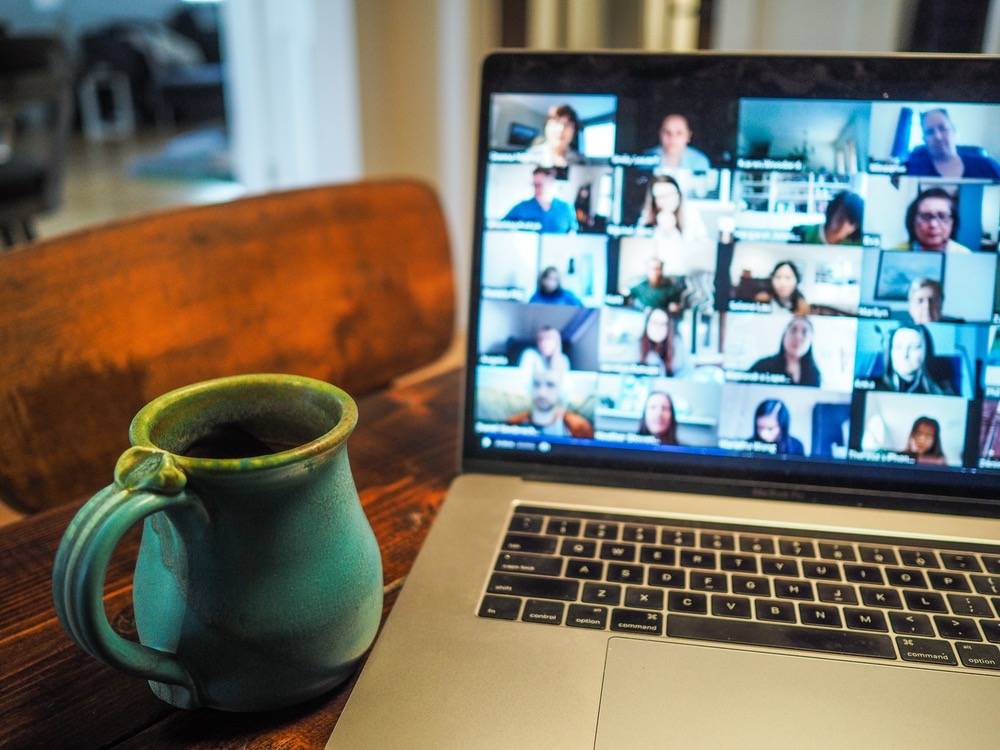The digital communications age is entrenched, with the advent of YouTube, TikTok, Instagram, Soundcloud, Spotify, and more. While the mainstream media remains the key to traditional public relations, there is also an equally compelling need to bring what we want to say to the social channels.
Today, every single person in a city would most likely be carrying with them a smartphone, capable of not just watching high-resolution videos, listening to high quality audio, but also take decent photographs, record sounds, and even video. Everyone is capable of becoming a citizen journalist or an audio and video producer on the ago.
So, what are our 8 recommendations of putting together a corporate in-house studio?
1. The camera your have is the best
There was once a time when people would imagine big chunky digital single lens reflex cameras were the best for photography, or that expensive cinema cameras were the best way to create video. However, those were years gone by, and now, many flagship smartphones are capable of shooting high resolution video with in-camera optical image stabilization, with multiple microphones for noise cancellation, and high resolution screens for monitoring and playback. You can literally be carrying a 4K video and photo camera in your pocket! Any time you need to quickly acquire some footage, that smartphone in your pocket or bag is the best camera you need. And if you have a good broadband data plan, you are even able to livestream your content to social channels in real time.
2. Plan for storage
While the cloud is convenient, know that cloud services are not invincible, despite the big tech vendors immense spending on infrastructure. So, make sure you have offline storage too, for all your audio and video footage. Solid state disks today are not expensive, so keep a bank of them for your ongoing work. These disks should be formatted in cross-platform compatible file formats so the source footage can be accessed by anyone.
3. Audio and video editing
While there are many audio and video editing tools out there, pick open source tools so that you save money, and more likely find documentation and talents who can help you edit your footage on those tools. Proprietary software may be great for particular purposes, but creating audio and video content for your business is not about making blockbuster movies, but corporate communication and news footage. The best audio editing software would be Audacity, which is free, open source, and runs on common platforms such as Mac, Linux, and Windows. DaVinci Resolve from Blackmagic Design, which has a free version, is a proprietary software but runs on Mac, Linux and Windows. For most people, the free DaVinci Resolve would be more than sufficient, which provides video editing and color correction and grading, and basic audio editing. For Mac users, you can use the free iMovie for simple video editing too. Invest in a decently powerful computer or laptop that can handle large video files, and this means having a good processor and GPU, enough RAM and disk space.
4. Chromakey
Even for videoconferencing such as Zoom, having a chromakey screen behind you (or “green screen”), improves the image quality tremendously. The native blurring of the background by most videoconferencing software is rather crude and ugly. Using a chromakey screen improves the video quality. Chromakey screens can be painted on a wall, a drop-down fabric screen, or a foldable version. Depending on your needs, you can have a single-person chromakey, or a wall-sized one for multi-person backdrops.
5. Lights, action!
Artificial light seems redundant when we see things through our own eyes. However, recorded footage on cameras, including that from smartphones, the ability of those camera sensors to perceive natural light as our own eyes are not the same. You may therefore find the need to artificially illuminate your scene for the finished video to look more evenly lit. So, to many, the ring light is the way to go. However, contrary to belief, the ring light was originally intended for beauty and makeup influencers. So, if you intend to illuminate your scene more professionally, you can consider some soft boxes and key lights. Some modern key lights are LED based with smartphone as remote control for color temperature and effects, and so they make great options.
6. Other cameras
While the smartphone is adequate, you can also invest in better quality webcams, vlogging cameras, or even studio cameras, if your communication needs become more sophisticated. There are networked cameras such as Mevo, or action cameras, that can be linked to smartphones and tablets. You can also use mirrorless cameras with interchangeable lens to create different depth of field or focal length effects. For most businesses, there is no need for sophisticated cameras that output LOG or RAW formats, since these files are unwieldy and huge. Go for simple file formats such as MOV or MP4 would be sufficient.
7. Microphones and soundproofing
Microphones are diverse in function and connectivity. For most corporate and podcast use, you can find a good USB cardioid microphone, commonly used by gamers and podcasters. USB microphones are intended to connect to your laptop or computer. There are also 3.5mm or XLR microphones, and these connect to analog ports correspondingly. For videoconferencing, you can consider 3.5mm wired headsets, or Bluetooth enabled wireless ones. The advantage of such headsets is that you will find it easier to isolate your speaking voice from the background noise. The disadvantage is that as headsets, they will be hanging like a big prop over your head. Bluetooth earbuds are convenient for conversations, but may not be the most ideal recording conversations for communication, whether due to recording more noise, or due to battery drainage. For having cleaner sound recordings, you may need some kind of soundproofing. For example, having a thick large carpet on the floor, thick curtains, or even installing soundproofing foam panels on the walls would improve your recording quality.
8. Props
If you are using a chromakey as a backdrop, then you can head back to your computer to download public domain backdrops for use. If however, you do not care about virtual backdrops, then invest in some background props, whether posters, shelves with gear, plants, or some corner lights. A blank wall is not a big problem, but having some variance rather than a white wall may seem more professional to your audience.
And now, you have the basics to produce your own audio and video content, whether for your websites, social channels, or shared with the mainstream media as background information. It is a field that demands learning and practice. So the more you produce, the more sophisticated and compelling your content will be, and the easier and faster you can produce them.
###

